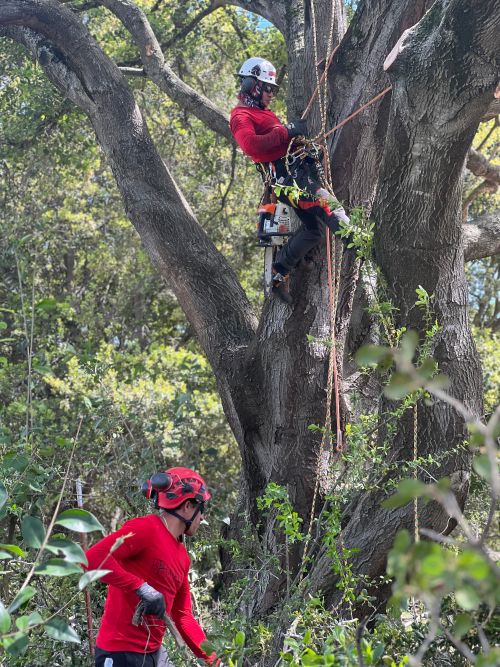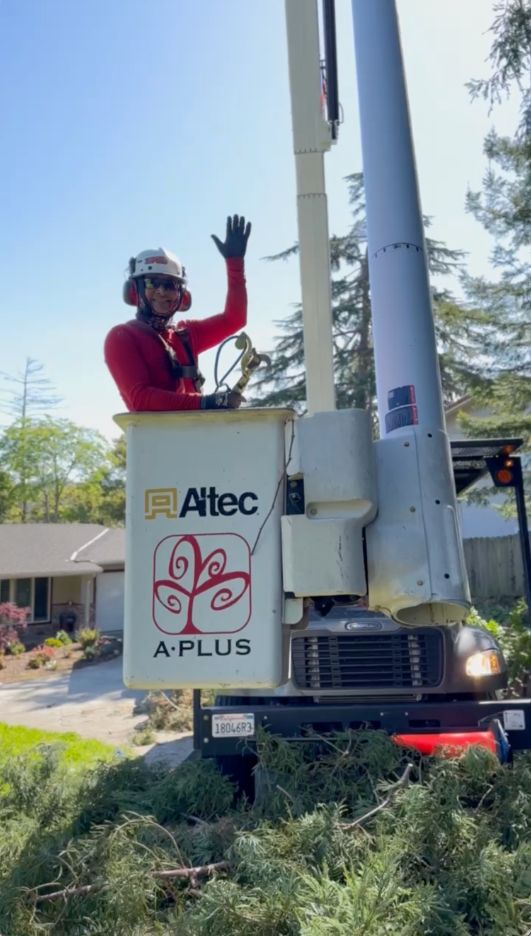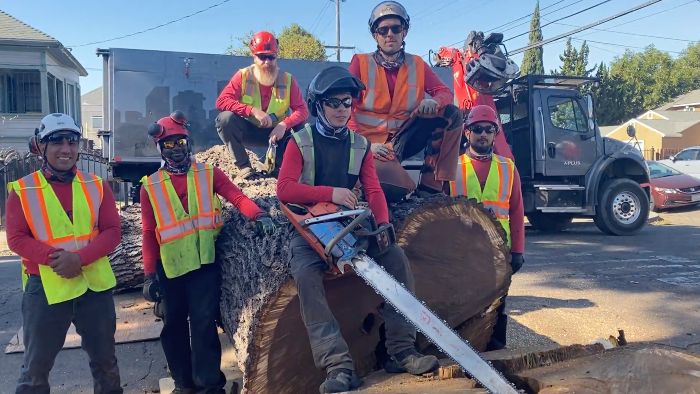Trees are beautiful and essential elements of our landscapes, providing shade, oxygen, and aesthetic value. However, branches can sometimes break off unexpectedly due to various factors such as bad weather, wind, storms, old age, decay, or health issues. When this happens, it’s crucial to take prompt action to prevent further harm to your tree, ensure safety for yourself and others, and protect your property. If your tree has become hazardous and is beyond repair, consider tree removal to avoid damage. But below is a comprehensive guide on what to do if a branch breaks off your tree.
Assessing the Damage
The first step is to assess the extent of the damage caused by the fallen branch. Begin with an initial assessment by examining the size of the broken limbs. If the fallen branches are small and easily manageable, you can carefully clear them away from the area. However, always prioritize safety. Look for any wounds on the tree where the branch was attached and check for signs of decay, which could have contributed to the branch breaking.

When to Call a Professional?
For larger fallen branches or if the tree is near structures, it’s important to call a professional tree service. Professionals have the expertise and equipment to safely remove large branches without causing further damage. Additionally, consider consulting with an arborist to assess the health of your tree and identify any potential risks of more branches breaking in the future.

Immediate Actions
Safety is paramount when dealing with fallen tree branches. Keep a safe distance from any hazardous tree parts and rope off the area with caution tape to prevent others from getting too close. If the broken branches are tangled in or near power lines, contact your utility company immediately. Taking photos of the damage will assist your tree care provider in assessing the required work and can also aid your insurance claim if any property damage has occurred.
Safety First
Under no circumstances should you attempt to remove or clear large branches yourself. Without the proper equipment and skills, you risk causing further damage and potential injury. Always prioritize safety by keeping people and pets away from hazardous areas. If necessary, enlist the help of professionals and utility companies to handle the situation safely.
Protecting the Tree
Broken branches create wounds on trees, which can lead to decay and disease if not properly treated. It’s crucial to have broken branches cleaned by professionals who can make clean cuts at the right spot to promote wound closure and minimize the risk of further issues.
Long-term Tree Care
To ensure the health and longevity of your trees, invest in routine tree care practices. This includes proper irrigation, mulching, fertilizing, pest and disease control, and regular pruning. Regular care not only prevents issues but also saves costs in the long run by avoiding major problems.
Monitoring the Tree’s Health
After a branch breaks off, monitor the health of the tree closely. Look for signs of stress, such as wilting canopy, discolored leaves, or abnormal growth patterns. Check out our page on Why Trees Fall for more signs to watch out for. If you notice any concerning changes, consult with an arborist for further assessment and treatment recommendations.
Preventive Measures
To prevent branches from breaking in the future, consider implementing preventive measures such as tree cabling and bracing. Cabling helps support weak or heavy branches, reducing the risk of them breaking off during storms or strong winds.
Dealing with a broken branch on a tree requires careful assessment, prompt action, and professional assistance when needed. By prioritizing safety, protecting the tree, and investing in long-term care, you can help protect your trees while minimizing risks to property and loved ones. Remember, when in doubt, always seek help from professional arborists!






